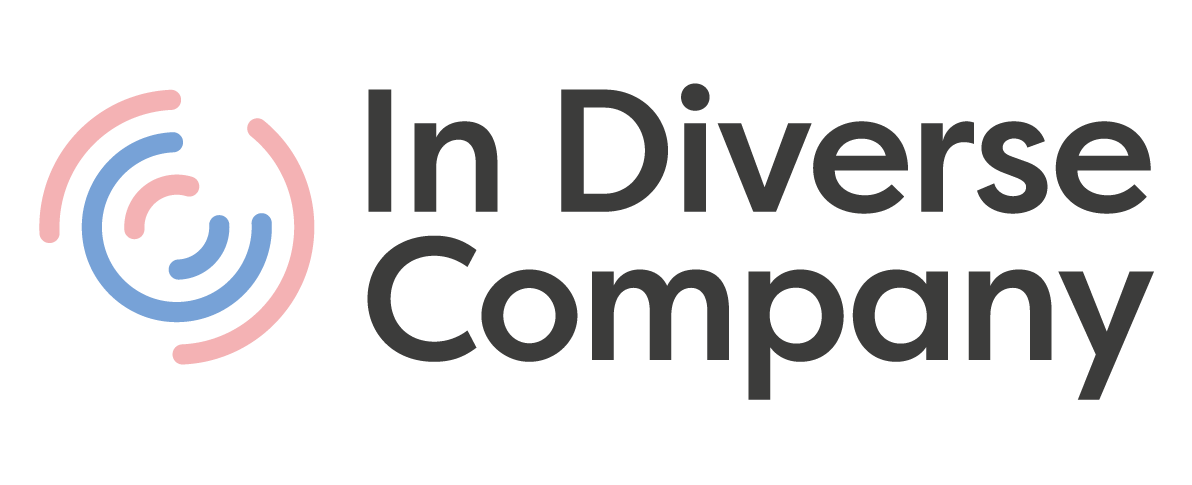By Caitlin Bethell, Head of Psychology
Once upon a time… we were told stories.
Human language has been built on communicating through storytelling – they are used to provide impact and remain with people for a long time. Think back to when you were a child. Maybe your parent was reading you a bedtime story, or a teacher at school, or a friend in the park, or from watching a TV presenter, we were presented with stories as a way of learning. Learning about the ways of life – kindness, values, mortality, love and so much more.
The great thing about stories is they stick with us when they are told well enough. Stories about a boy who lives under the stairs, a pig who makes friends with a spider, and a magical snowy land that was accessed through a wardrobe are the ones that have stuck with me since childhood. Great stories have great messages which we can learn from. The most traditional learning stories are usually classed as fables, we all know the Tortoise and the Hare (“slow and steady wins the race”) in which we learn a good lesson about patience. Folktales provide these great moral lessons for us to learn from, such as:
- The Monkey and the Crocodile (India) where the moral of the story is to “choose your friends wisely”.
- The Giant Turnip (Russia) where children learn about teamwork, cooperation, and perseverance.
- Why the sky is far away (Nigeria) where children learn about human waste and greed.
Stories provide a context for you to put your learning in. They provide an example where you can draw your experiences from to get great learning out of it. When stories are powerful, they help learning the best. Think about Pixar films and the stories they have told over the last 30 years and how powerful they are. In each of these films the protagonist, whether they are Flik (A Bug’s Life), Woody (Toy Story), Joy (Inside Out) or most recently, Joe Gardner (Soul), each of these individuals has to go on a life-affirming journey to understand who they are and learn about the wider world. These stories are powerful because we can relate our own lived experiences to the story, even when the protagonist is a small robot named Wall-E.
Storytelling forges connections among people, and between people and ideas. Stories convey the culture, history, and values that unite people. When it comes to our countries, our communities, and our families, we understand intuitively that the stories we hold in common are an important part of the ties that bind.
This understanding also holds true in the business world, where an organisation’s stories, and the stories its leaders tell, help solidify relationships in a way that factual statements encapsulated in bullet points or numbers don’t. Stories are the emotional glue that connects an audience to a message.
Stories about mistakes at work and what leaders and employees learned from them are perfect for learning. People identify with stories, it is easy to imagine how they may have acted in similar circumstances, so they’re able to work through situations risk-free. The extra benefit for leaders: with a simple personal story they can convey their underlying values, offer insight into the evolution of their own experience and knowledge, present themselves as more approachable, AND most likely inspire others to want to know more.
If you want to use storytelling to help your organisation learn, you can follow these tips on how to tell a great story:
- Start with a clear message – think about what you want to get across to your audience and who your audience is.
- Use your own experiences – the best stories are built around real-life because it makes the stories believable.
- Highlight a struggle – all good stories have a challenge that the storyteller needed to overcome and learn from – a change needs to happen.
- Keep it simple – stories will be more successful and memorable when they are straightforward. Make sure the details are interesting.
- Practice makes perfect – we aren’t all naturally great storytellers, in fact, some of us are really bad! But practice telling the story to friends or family, note where they react and how they react and this can help you to hone your message.
The moral of this tale is to tell stories, help your employees learn, provide them with context and structure to understand, sell the stories of the challenges your organisation has faced and how you have overcome them. If the story is good, people will listen and remember it for a long time.
_
In Diverse Company uses storytelling in our learning programmes to enhance engagement and employee experience. To find out more about how our programmes can be made available to employees in your organization, please reach out to us at info@indiversecompany.com.
_
Photo by Canva
Liked this article? Share it with your network:
Tell stories, help your employees learn, provide them with context and structure to understand, sell the stories of the challenges your organisation has faced and how you have overcome them. If the story is good, people will listen and remember it for a long time.






